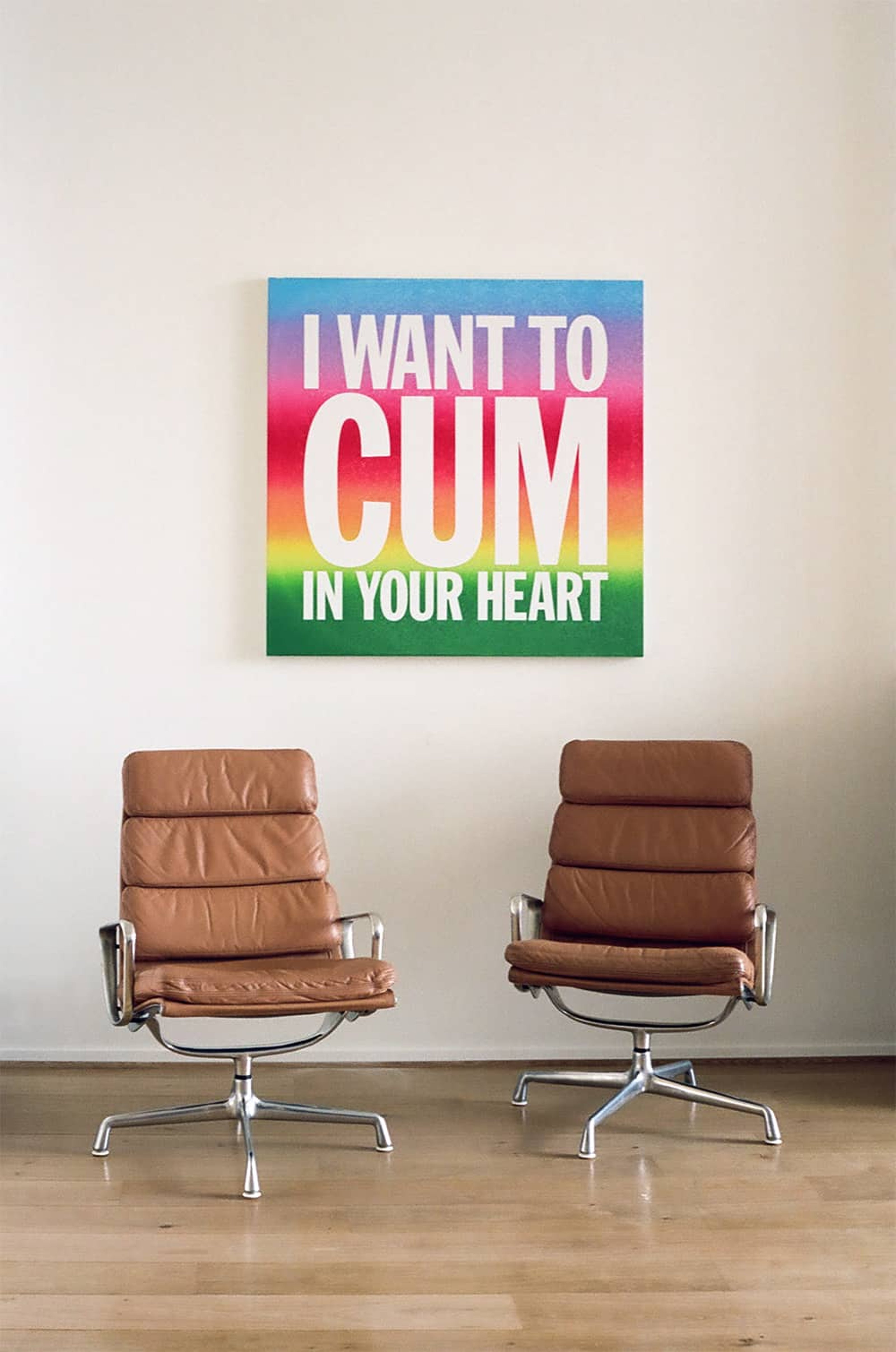

Charles Riva has been collecting for over 20 years, a leisurely-expanding obsession that by now has resulted in a collection of roughly 300 artworks from around the world. Progressively wanting to share the output of artists with a wide public, Riva has set up three separate, yet interlinked, spaces in the center of Brussels which offer the possibility to experience his art first hand. There’s the traditional gallery-setting Charles Riva Collection with Riva’s upstairs (and accessible) apartment that often compliments the current show, as well as Riva Project which solely dedicates its interiors to the presentation of sculptures.
Surrounding debates about what it means to live the realities we are living today — at times tension-charged thematics, like the previously held exhibition The Power and the Glory (2016) which tackled the political landscape of power in anticipation of the impending US presidency — Riva has created non-exploitive spaces that enable public-private dialogue between his artists and whoever wishes to join. Everyone is welcome, as long as fixed ways of perceiving are abandoned — at least temporarily — at the doorstep.
Collecteurs: Charles, you said collecting art has become an obsession for you. How does this obsession manifest itself?
Charles Riva: An obsession becomes clear when you realize that your life has become almost entirely just about that. In my case, it’s collecting art. When you collect an artist in depth, it’s like a puzzle. You know when the process is complete, when you’ve added the final piece. Soon after, some new project emerges, some new puzzle, and you start all over again. It’s a never-ending process; it’s self-perpetuating. One thing leads to another. You feel the need, the drive, to continue. It would be impossible to stop. That’s obsession.
Collecteurs: When something has become such an obsession, isn’t it no longer about the obsession, but obsession itself? How to balance that fine line?
CR: I sold my first painting when I was sixteen years old. I opened my first gallery when I was twenty three. In April, the collection will be 10 years old, and Riva Project will be 4 years.
When you work every day in a 9-to-5 job that you don’t enjoy, you need balance and go on vacation for 2 months.
I’m currently working on a new project, which should see the light mid-September. It’ll involve industrial designers and their immediate response to my collection and its exhibition about concept cars and motorcycles.
Collecteurs: What’s the general context and aim for this upcoming project?
CR: For the tenth anniversary of my collection, I wanted to do something different. We’ll show six prototype motorcycles, all of which are unique (no editions), and made in different parts of the world by different designers. The motorcycles are fully operational, and are all as expensive as a contemporary artwork – from $50,000 to $250,000.
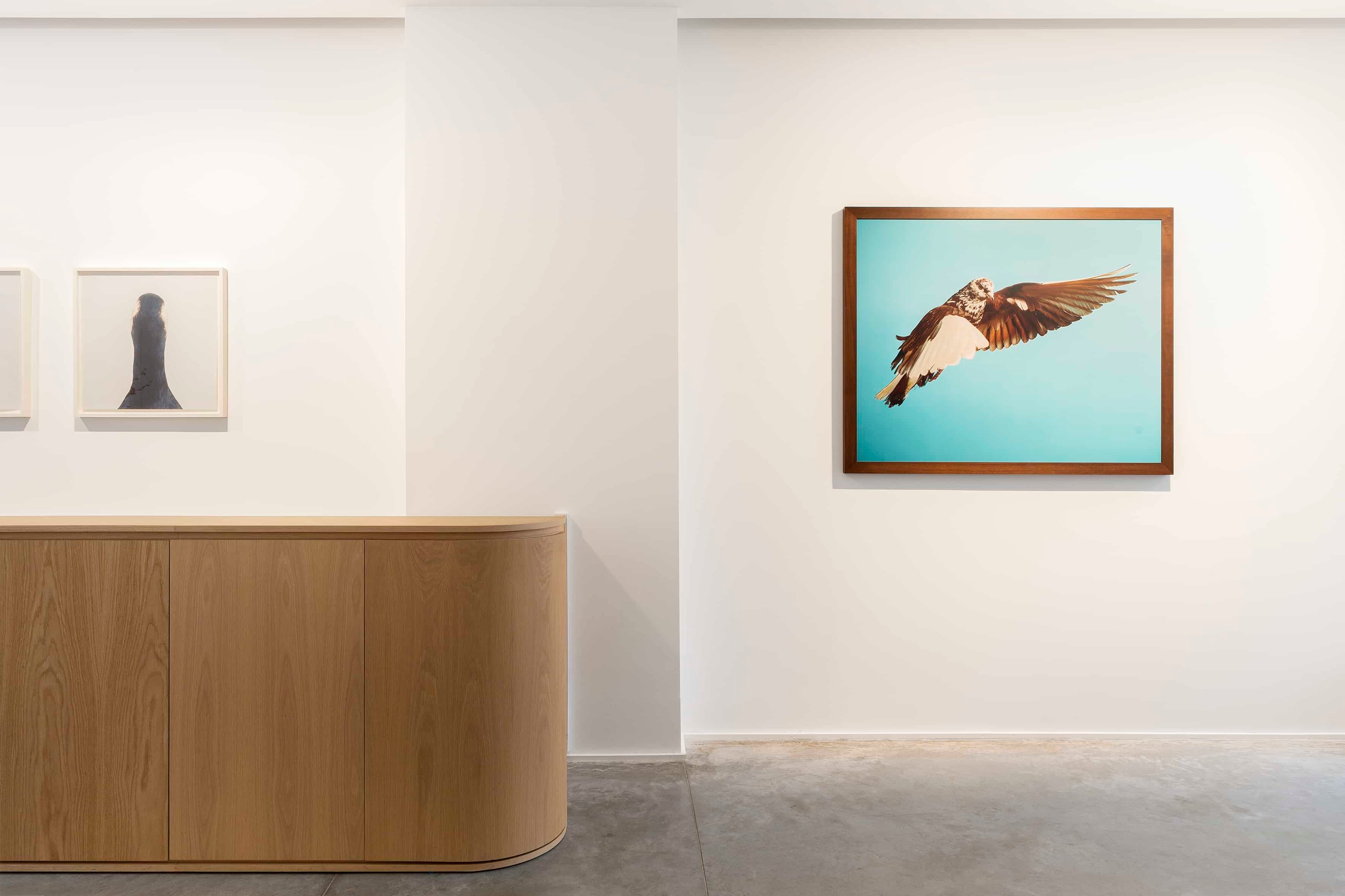
On left: Roni Horn – Untitled No.10, 2000. On Right: Roe Ethridge – Pigeon, 2002 at the Charles Riva Collection.
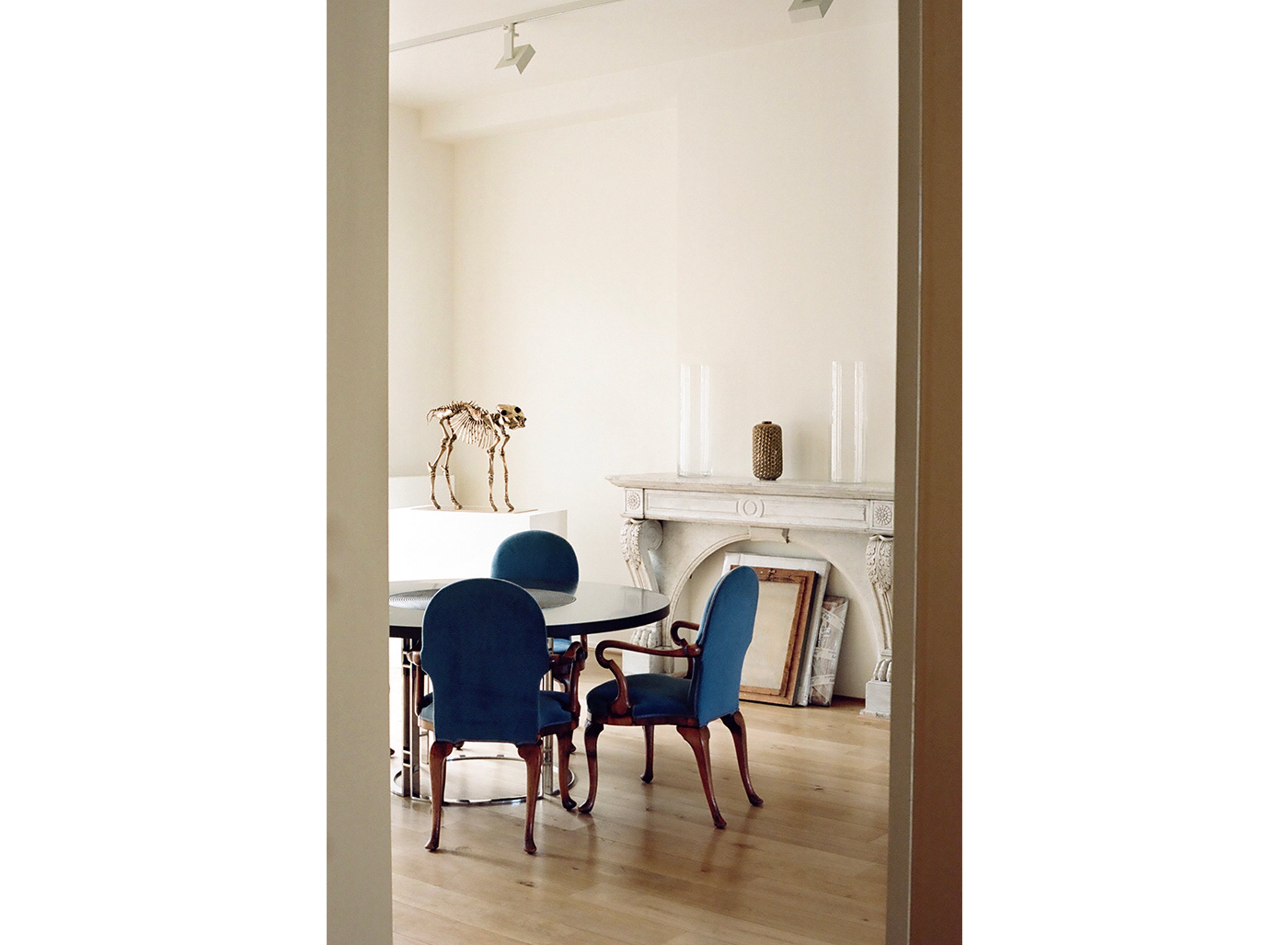
Sherrie Levine – False God, 2007 at home.
Collecteurs: Riva Project dedicates itself purely to sculpture. Why do you think it’s necessary to have a space that solely focuses on this very artistic medium?
CR: Four years ago I realized that 40 percent of my collection was sculpture. So I created a space on the ground floor which was perfect for showcasing it.
As to why this medium? Quite simply: It’s just the most amazing feeling to be surrounded by sculpture; there’s something about it relieving a basic human loneliness, it meets a fundamental human need.
There’s a sculpture room in the Louvre, in which I spent a lot of time when I was young. It’s there where I discovered Greek antique and Roman sculptures. This space was in some way an inspiration for what I’m doing at Riva Project.
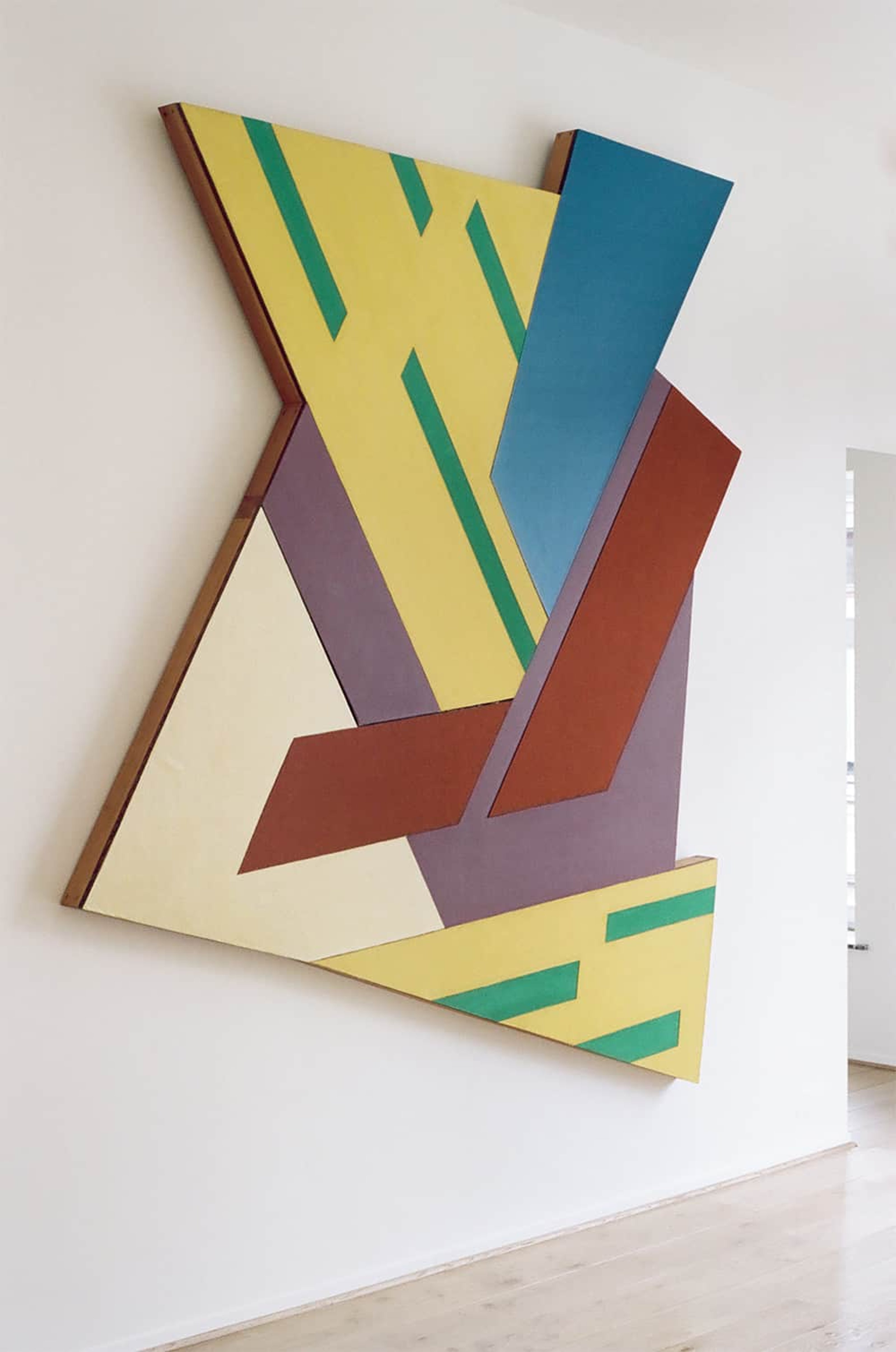
Collecteurs: That’s a beautiful thought, sculptures relieving a type of basic human loneliness. I wonder how or why that manifests. Any ideas? Did you always feel that way when being amongst sculpture? Or, did the relationship change over time?
CR: I put my ideas into my collection, as well as projects like Riva Project. Each sculpture, each piece, has its own character, its own specific persona. As time goes by, you get to know them better and better. In some way it’s comforting to be in their presence.
Collecteurs: Your collection has a primary focus on American art, not just because you feel personally influenced by having lived in New York but also with the intention of bringing American art to Europe. What is it you’d like for Europeans to experience/gain when viewing works from that particular geography?
CR: My collection is something very personal. I do it more for myself than anybody else. It reflects my experience as a French-Italian art dealer who became an art collector. And of course, since I lived in New York for twenty-two years, I’ve been influenced personally and formed a special relationship with art from the US. I focus mostly on artists from New York and Los Angeles, often artists who aren’t widely shown in Europe.
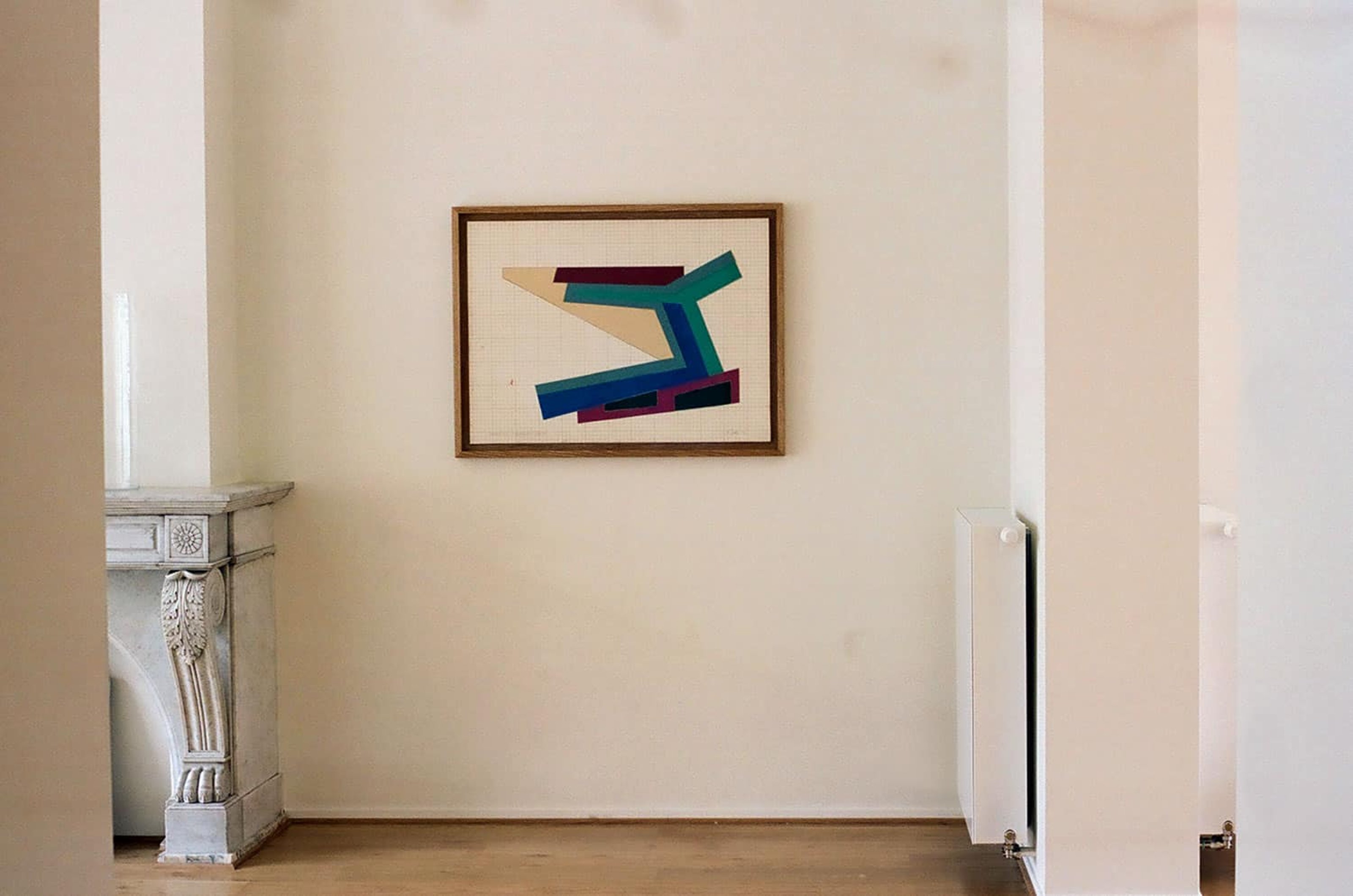
Frank Stella – Kamonica Strumilowa, 1973 at home.
I use my collection as a visual platform to show the public changing trends in contemporary art. A permanent collection would quickly become dull, and wouldn’t continuously reflect changes within the art market. The way I do things permits much more agility.
Collecteurs: The Riva Collection does exhibitions a few times a year. Do the exhibited works solely belong to the collection, or are pieces also borrowed from other places? Generally, how do you go with curating each new show? Are you involved throughout the entire process? Lastly, what do you hope to achieve by continuously doing new shows, instead of presenting a permanent collection to visitors?
CR: Currently I do four shows per year, two at _Riva Project_and two at Charles Riva Collection. In order to make an exhibition more complete, I borrow works from different collections or galleries.
I curate and design posters and invites and also oversee the promotion of each show. It’s a very personal project; I don’t have backers.
Collecteurs: How has the art market changed over the years? What drastic changes have you experienced personally?
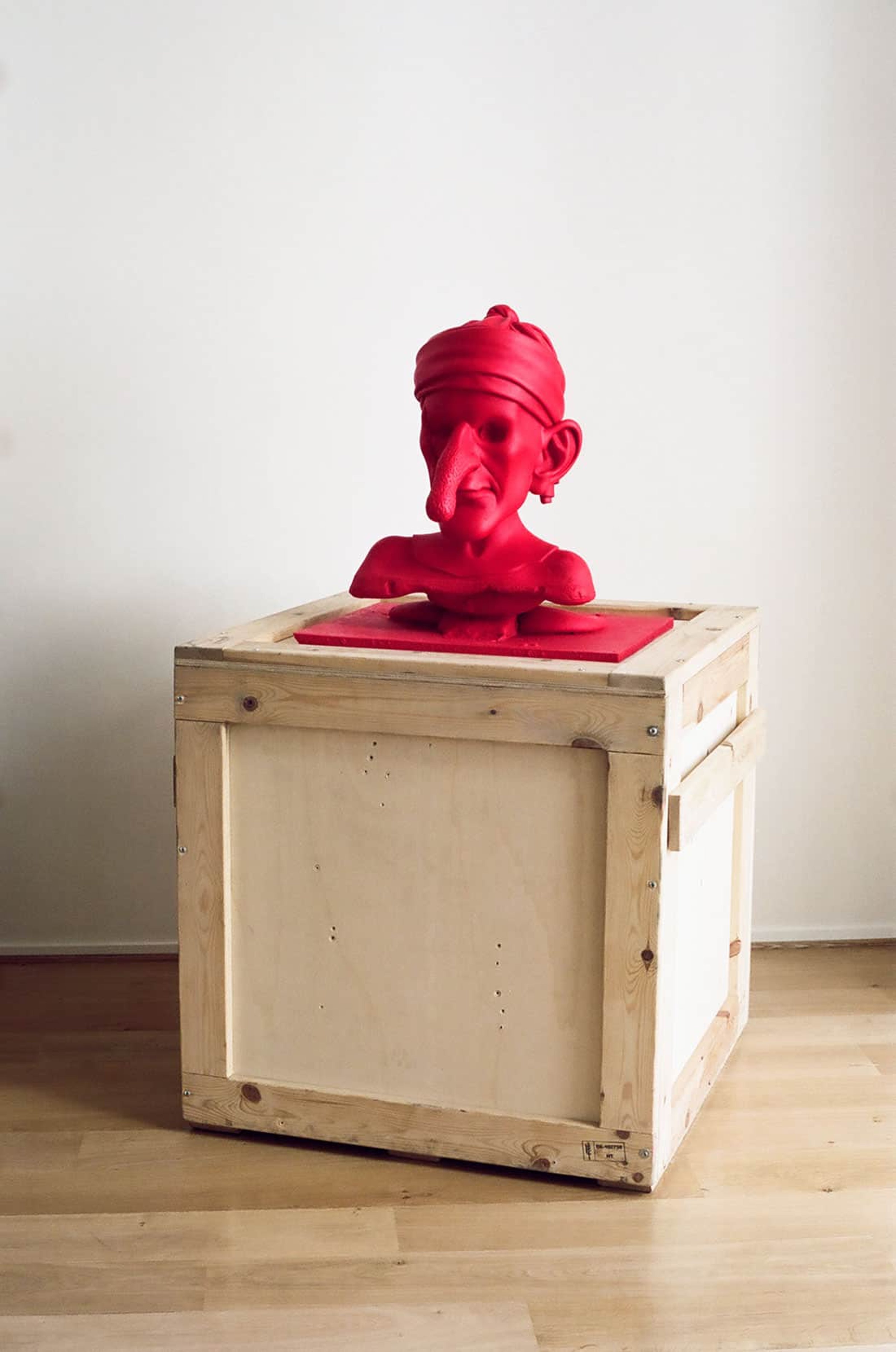
CR: The speculative bubble on young contemporary artists has come to an end. Today, collectors are looking for mid-career artists who don’t overproduce, whose resumes include shows with good museums, as well as public and private collections.
In the past three years, we’ve also seen a resurgence of interest in terms of color field artists, such as Mark Rothko and Frank Stella. As well as in practitioners of action painting, such as Frank Kline, or abstract expressionists such as Willem de Kooning, Robert Rauschenberg, Cy Twombly, and mid-career contemporary artists like George Condo and Yayoi Kusama.
It’s a positive change since it shows collectors are more involved with studying art history, avant-garde artists, and where everything’s headed.

Charles Riva Collection, Brussels

Collecteurs: Upstairs from the Riva Collection, is your apartment that can also be visited by appointment. There’s an intimate aspect to publicly showing your home’s collection as the visitor actually has a chance to experience how art is lived. Was that important to you when you decided to open also the doors to your home?
CR: My apartment is currently open twice a year, whenever there’s an opening at Charles Riva Collection, but appointments are also possible. When you curate a solo show of an artist, certain pieces might lose their strength. So it’s very important to show the public how a painting or a sculpture can stand alone. I also use my home collection to combine pieces by different artists that aren’t normally exhibited together; it shows how they actually might work together in the same room.
Collecteurs: So, by doing unusual combinations of artists, do you wish to break certain defined boundaries within the context of art? Is there a particular message you’d like to transmit?
CR: I believe that an art collection is something personal. We, collectors, should collect what we love and do whatever pleases us. Our lives today are already so full of rules! Here we don’t have to follow them, we can make — and break — our own.
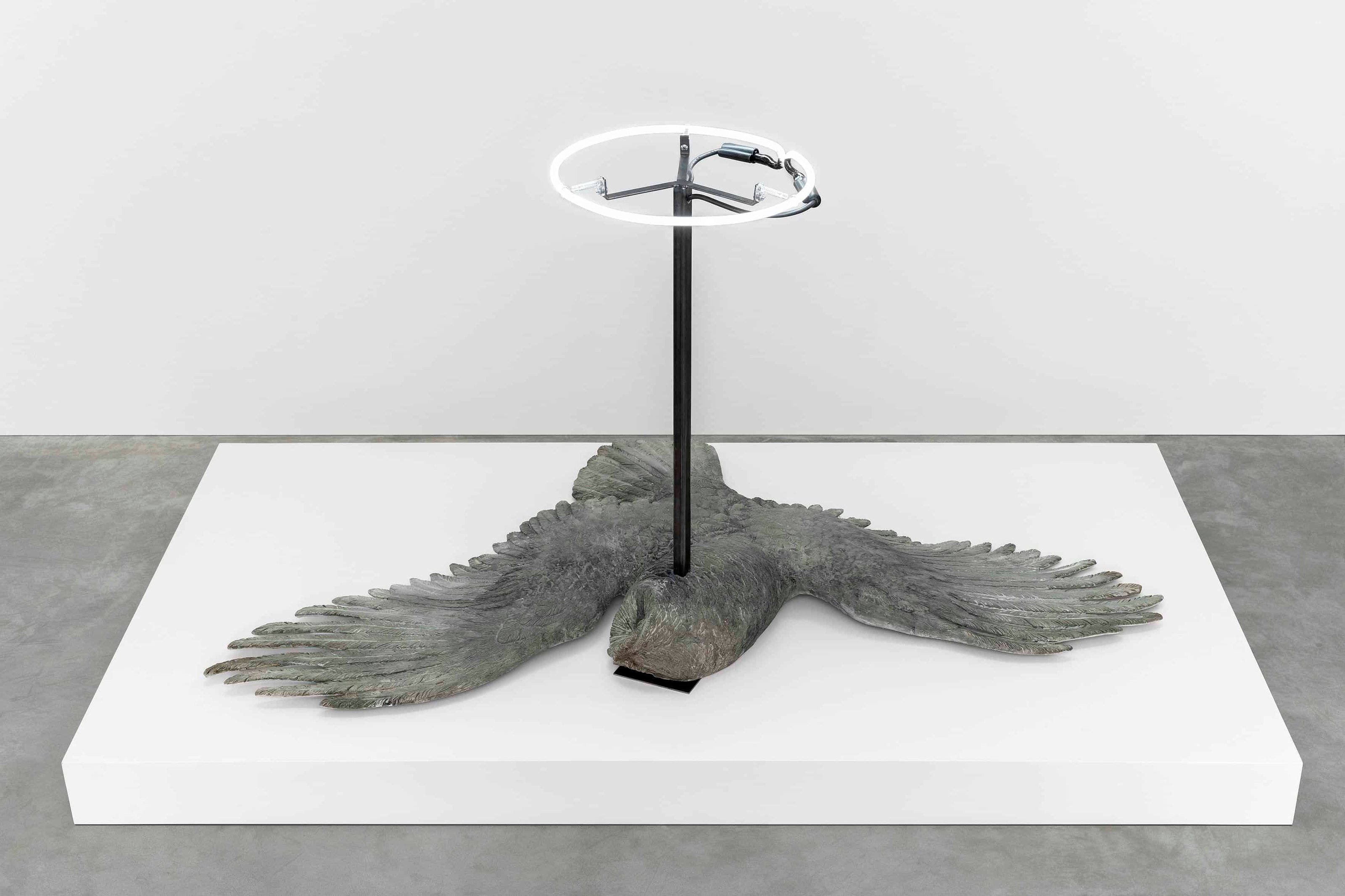
Collecteurs: What has been the most meaningful experience since having opened your collection to the public?
CR: I would say that all the exhibitions I have put on since the opening of my collection, are very special to me. Each one reflects my thoughts and concerns at a specific moment as a collector. Also, looking back, I realize that all the exhibitions—one after another—form part of a process that reveals a larger meaning.
To me, being a collector is a way to witness or behold the world. I remember the exhibition The Power and The Glory, which happened just before the election of Donald Trump. The show gathered many great artists together such as John Giorno, Hervé Ic, Mike Kelley, Sherrie Levine, John Miller, Jonathan Meese and Paul McCarthy. It also included photographs by Harry Benson, one of which depicts Donald Trump in the nineties, smiling like a shark and holding precisely one million dollars in cash; he looks utterly triumphant. I feel the show really captured a precise moment in history, reflecting what was shortly on its way. I believe my position as a collector allows me to absorb and reflect the atmosphere of our time, something that of course great artists also possess within themselves.
